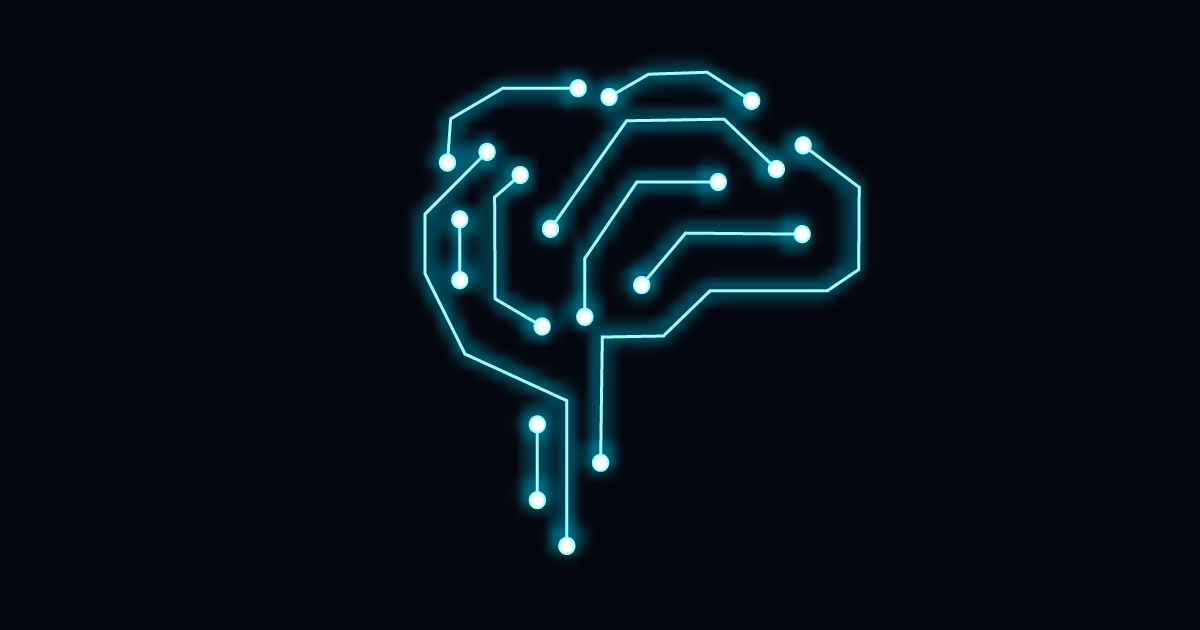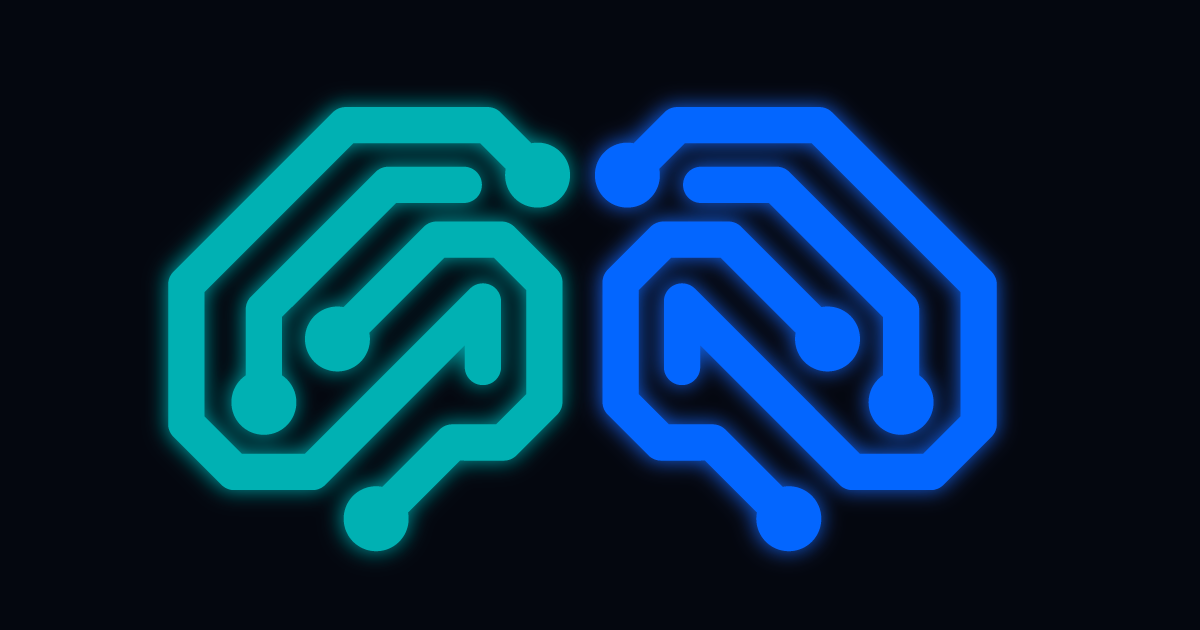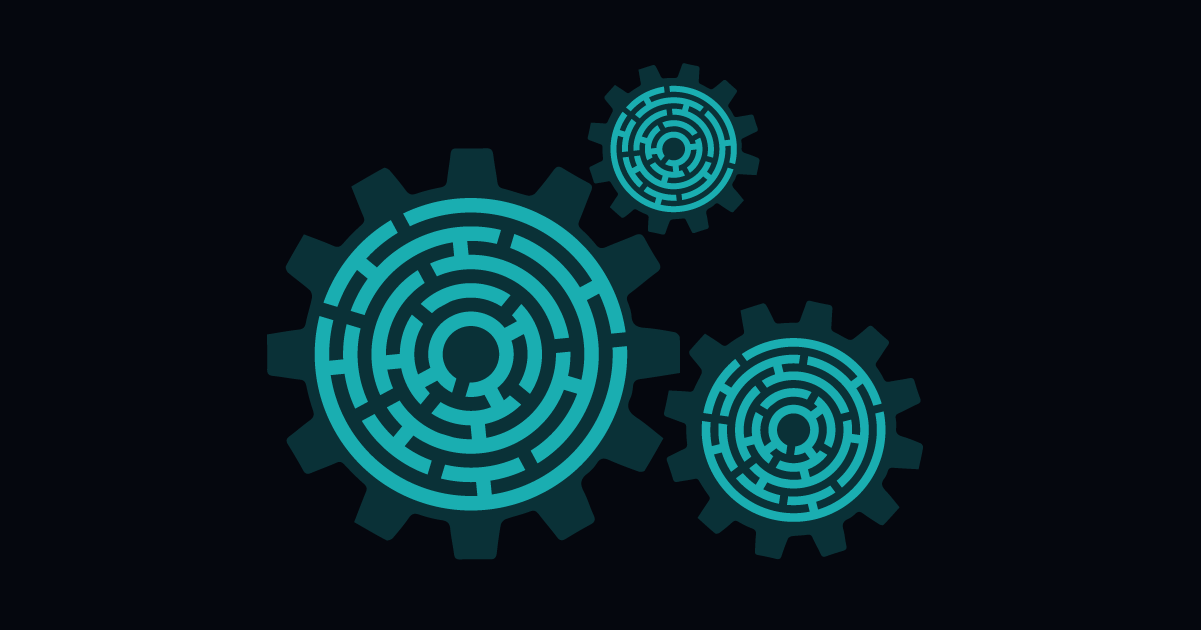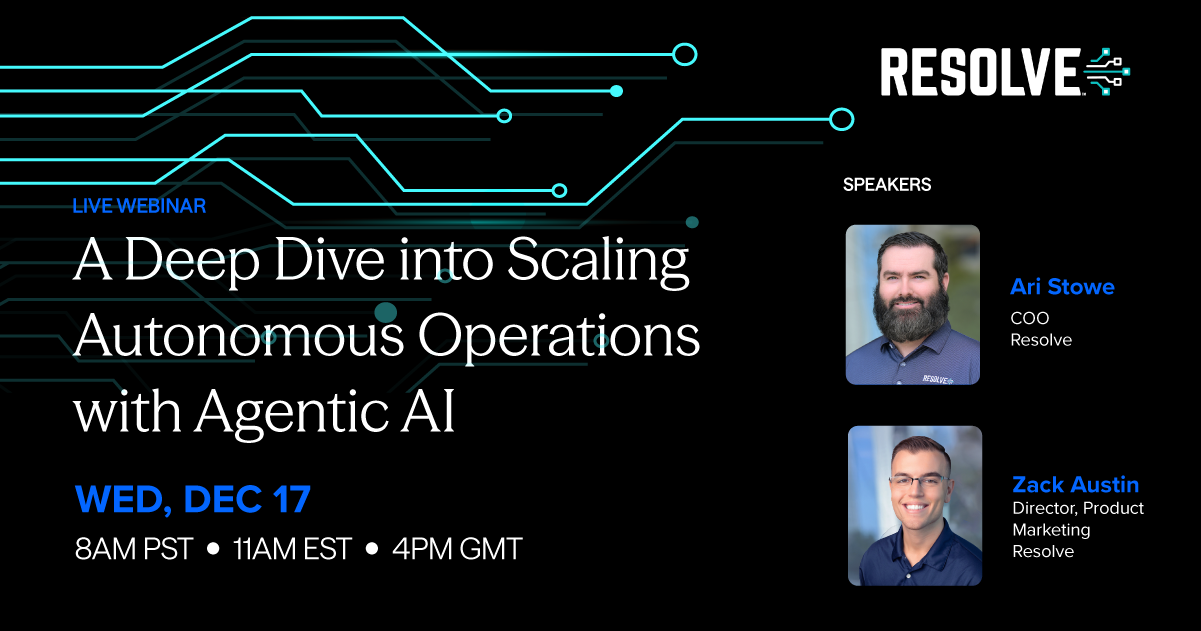
AI in IT Operations: A Practical Guide for 2025
Subscribe to receive the latest content and invites to your inbox.
AI is no longer a futuristic buzzword. It’s here, it’s evolving quickly, and it’s already reshaping how IT teams operate in real time.
But not all AI is created equal. While traditional approaches offer insights and automation, a new breed of AI—agentic AI—is redefining what’s possible. These intelligent agents not only analyze and recommend, but also execute tasks autonomously and at scale.
This blog explores how AI has evolved, the types of AI in use today, and what it means for modern IT teams. We’ll also dive into how powerful AI agents like RITA and Jarvis help organizations achieve Zero Ticket IT; a state of automated ticket deflection that enables teams to focus on strategic work rather than reactive firefighting.
The Evolution of AI: From Concept to Reality
AI has come a long way since its early days of rules-based programming. Back then, AI could only act within rigid parameters. But the introduction of machine learning changed the game, giving AI the ability to learn from data and improve over time.
In the 2010s, deep learning introduced a new level of pattern recognition, enabling AI to classify images, understand speech, and process natural language with impressive accuracy. Now, with the rise of generative AI and agentic architectures, AI has evolved into a proactive force, one that doesn’t just suggest what to do, but acts on its own.
Today’s agentic systems go even further. Using deep learning, reinforcement learning, and large language models, modern AI not only interprets information but acts on it. In IT, this means automated troubleshooting, intelligent ticket resolution, and AI-powered assistance that reduces reliance on human intervention.
READ MORE: AI Hype vs. IT Reality: What to Expect from an IT Automation Platform That Actually Delivers
The Types of AI in Today’s Landscape
Understanding AI’s operational value starts with its fundamental forms:
- Narrow AI: Optimized for specific tasks, like chatbots or log analysis, without generalized understanding. This is where most IT automation starts.
- General AI: A still-theoretical model that would mimic human-level reasoning across domains.
- Supervised/Unsupervised Learning: Used in IT to detect anomalies (supervised) or find hidden patterns in systems data (unsupervised).
- Generative AI: Tools like ChatGPT can write code, generate remediation steps, or synthesize ticket summaries.
- Reinforcement Learning: Powers agentic systems that optimize actions over time—ideal for dynamic IT environments.
Each of these technologies contributes to the modern AI stack. But what differentiates impactful AI from theoretical capability is its ability to be operationalized; to move from insights to action. That’s where agentic AI shines.
What is AI for IT Operations?
AI for IT Operations (often called AIOps) refers to the use of AI and ML to automate, accelerate, and optimize the management of IT environments. It goes beyond dashboards and alerts to intelligently analyze signals, surface insights, and even initiate action.
Agentic AI takes this one step further: not just recommending actions, but resolving incidents, scaling infrastructure, and improving service delivery without requiring human intervention. With tools like RITA (Resolve IT Agent), enterprises are already transitioning from ticket queues to Zero Ticket realit
Why Should IT Professionals Pay Attention to AI?
IT teams face sprawling, hybrid, and complex ecosystems. Agentic AI offers a powerful way to reduce manual toil, eliminate noise, and achieve end-to-end automation without sacrificing control.
IT professionals should embrace AI because:
- It solves problems faster and proactively.
- It eliminates repetitive tasks and minimizes errors.
- It enables scale without complexity.
- And most importantly, it helps transition teams from reactive support to strategic value creation.
With the right AI tools, IT teams are no longer firefighters. They become architects of resilient, self-healing systems.
READ MORE: Build or Buy AI? Why Homegrown Service Desk Tools Fail (and How Leading Vendors Get It Right)
Benefits of Adopting AI in IT Operations
With AIOps and agentic AI platforms, IT teams gain:
- Faster Issue Resolution: Intelligent agents like RITA detect and resolve issues without opening tickets.
- Improved Efficiency: Routine tasks are automated; teams focus on high-value work.
- Better Decision-Making: Data is synthesized in real-time, empowering confident action.
- Predictive Management: AI predicts failures, congestion, or security risks before they happen.
- Cost Optimization: Reduce overprovisioning, improve cloud spend, and prevent downtime.
- Security Reinforcement: AI detects and neutralizes threats in milliseconds.
- Scalability: Manage exponentially growing environments with leaner teams.
AI also brings cultural and organizational benefits. It frees teams from repetitive toil, reduces burnout, and improves employee satisfaction. As organizations shift toward Zero Ticket models, AI becomes not just a technology investment, but a strategic lever for agility.
READ MORE: The Future of IT Is Human + Agentic: How Zero Ticket IT Is Reshaping Tech Careers
How Does AI in IT Operations Work?
AI acts as a layer of intelligence and action across IT systems, ingesting telemetry, detecting anomalies, and triggering workflows automatically.
At Resolve, we’ve taken this further by operationalizing AI through agents:
- RITA handles incidents autonomously, resolving tickets at scale.
- Jarvis serves as a low-code automation copilot, building workflows and integrations without skipping a beat.
These agents work in tandem with existing tools, monitoring infrastructure in real time and executing predefined actions or learning new remediation paths via training data. Their impact is cumulative: every resolved incident and successful prediction builds a smarter system.
Key Components of AI in IT Operations
AI in IT is not a monolith. It comprises several interacting components:
- Data Collection & Analysis: AI can gather and correlate data from servers, networks, applications, logs, and APIs.
- Anomaly Detection: Detects deviations from normal behavior using statistical models or ML classifiers.
- Root Cause Analysis: Uses correlation and causal inference to identify primary drivers of issues.
- Automated Incident Response: Responds with playbooks, runbooks, or generative scripts.
- Proactive Monitoring and Prediction: Anticipates outages, capacity constraints, or cyber threats before they happen.
Together, these components form the building blocks for agentic systems that can self-correct, self-scale, and self-heal.
Practical Applications of AI in IT Operations
1. Autonomous Incident Response & Threat Mitigation
AIOps continuously monitor signals across endpoints, infrastructure, and security systems. When an anomaly is detected—such as a sudden spike in CPU usage or unauthorized port activity—agents assess context from CMDB, correlate with past incidents, and automatically trigger remediation.
Example: A lateral movement attempt is flagged by a security tool. RITA quarantines the affected endpoint, revokes compromised credentials, notifies SecOps, and logs the action in the ITSM—all without human intervention.
2. Predictive Operations & Intelligent Monitoring
Agentic systems detect patterns in performance and behavior that indicate future failure; like memory leaks, certificate expiration, or configuration drift. By integrating with observability tools and CMDBs, these agents proactively execute preventative measures.
Example: A critical certificate is due to expire within 5 days. An agent identifies the risk, validates its status with the certificate authority, and renews it via orchestration—eliminating the need for a ticket or alert altogether.
3. Self-Service IT Support & Workflow Automation
Virtual agents act as the intelligent front door for IT support. Users can submit requests via Teams, Slack, or a portal in natural language, and they triage the intent, verify entitlements, and execute backend automations.
Example: An employee requests access to Salesforce. RITA confirms manager approval, checks license availability, provisions access through the identity platform, updates the HR system, and closes the loop with the user—all without touching the service desk.
4. Smarter Network & Cloud Optimization
AI agents monitor bandwidth patterns, latency spikes, and cloud usage trends across hybrid environments. They proactively rebalance workloads or adjust routing policies based on learned thresholds and real-time telemetry.
Example: A spike in video conferencing traffic causes latency on a shared VLAN segment during peak business hours. The agent detects congestion, confirms the application class via NBAR, and reroutes traffic to a higher bandwidth path. It simultaneously updates QoS settings and notifies NetOps of the change, improving performance without disruption.
5. Proactive Service Management & Capacity Planning
Agentic orchestration platforms track request volumes, resource utilization, and system demand over time. They anticipate load spikes, shift capacity dynamically, and pre-stage additional resources before SLAs are impacted.
Example: Before a planned application rollout, the platform forecasts database stress based on prior launches. It spins up read replicas, scales compute, and pre-configures alert thresholds—ensuring continuity without manual prep.
This is just the beginning. The integration of AI with IoT, edge computing, and real-time observability platforms will only deepen its impact.
READ MORE: AI Service Desk Showdown: RITA vs. Legacy Chatbots
Operationalizing AI for IT Operations: Next Steps
AI is no longer just a tool; it’s becoming the operating layer of the enterprise. And in leading IT organizations, agentic AI isn’t a future state; it’s live, driving results today.
Using a combination of AI and automation, IT teams are eliminating tickets entirely. With RITA, users get faster, smarter support. And with Resolve’s platform, companies are building the foundation for Zero Ticket operations, where issues resolve themselves, resources scale automatically, and IT becomes a growth driver.
If your team is still living in alert storms, context switching across tools, or struggling to meet SLAs, it’s time to consider a different path—one where automation doesn’t just assist, but acts.
The next step is yours. Ready to operationalize AI in your environment?






